Master Your Hoya Plant Care With Houseplant Nursery Owner Harriet Thompson

HOUSEPLANTS > HOYA

Elizabeth is a Permaculture Garden Designer, Sustainability Consultant and Professional Writer, working as an advocate for positive change. She graduated from the University of St. Andrews with an MA in English and Philosophy and obtained a Diploma in Applied Permaculture Design from the Permaculture Association.
Reviewed By DAN ORI

Dan has over 27 years’ under his belt caring for plants and gardens. Working as a Horticultural Instructor and Consultant, he draws on a diverse range of experience that includes working as a Head Gardener, Tree Surgeon, Garden Centre Trouble Shooter, and writer of academic papers. Dan has a Level 3 Diploma in Horticulture and is currently a candidate for the RHS’s most prestigious award – The Master of Horticulture.
Contributions From HARRIET THOMPSON

Harriet is the founder of Harriet’s Plants, a peat-free houseplant nursery based in Staffordshire. She studied Plant Science at The Eden Project in Cornwall and is particularly passionate about sustainable growth.
HOYA GUIDES
Hoyas, also known as waxplants, are named after their flowers which have wax-like petals.
These climbers are popularly used as houseplants in light, bright conservatories or other suitable locations inside UK homes.
In this guide we’ve collaborated with Harriet Thompson, the founder of the specialist houseplant nursery Harriet’s Plants.
“Houseplants like hoyas are such a pleasure to be around in our homes and have so many lifestyle benefits,” says Harriet.
“Getting to grow them the way that I do means that I’m surrounded by fresh air and their goodness every single day.”
Overview
| Botanical Name | Hoya |
| Common Name(s) | Waxplant, Waxflower, Waxvine |
| Plant Type | Climber / Houseplant |
| Native Area | Asian Tropics |
| Hardiness Rating | H1A-H2 |
| Foliage | Evergreen |
| Flowers | Fragrant, waxy flowers |
| When To Plant / Repot | April to June |
| When To Prune | February |
Sunlight
Preferred
Light and bright location out of direct sunlight
Exposure
Sheltered
Size
Height
0.5 – 4M
Spread
0.5 – 4M
Bloom Time
June to October
Soil
Preferred
Specialist potting mix
Moisture
Well-drained
pH
Neutral
Hoyas are a range of subtropical or tropical plants that can only really be grown as houseplants indoors here in the UK.
Hoyas vary in their hardiness and some are potentially grown outdoors in summer, though they still tend to need to be undercover or indoors in a frost-free location over the winter months.
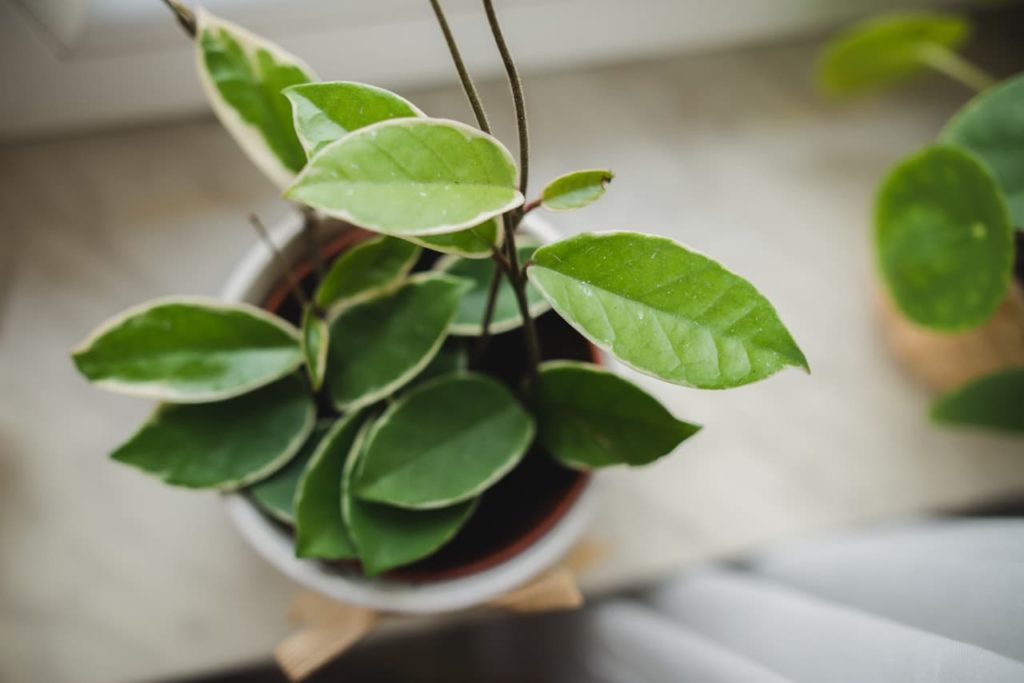
Therefore, most are grown as houseplants here year-round.
Hoyas that are commonly kept as houseplants in temperate climes include many cultivars that are notable for a variety of different coloured flowers and leaf shapes.
Several different species and many different cultivars can be considered for UK households.
Choosing A Hoya Variety
According to the RHS, Hoya carnosa and Hoya lanceolata subsp. bella are the types most commonly grown here in the UK.1Hoya / RHS Gardening. (n.d.-b). Royal Horticultural Society. Retrieved April 11, 2023, from https://www.rhs.org.uk/plants/hoya/growing-guide
One other popular option for use as a houseplant is Hoya kerrii.
H. carnosa
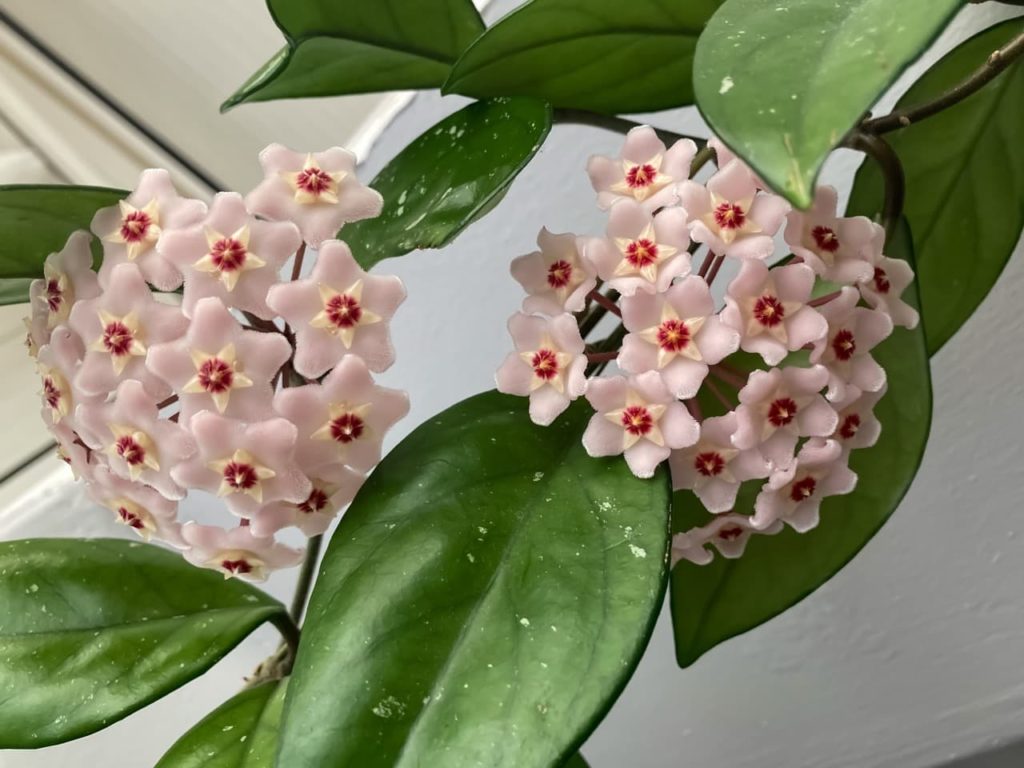
H. carnosa is a large climbing plant which will require some support and it is commonly grown on wires in a conservatory.
H. lanceolata subsp. bella
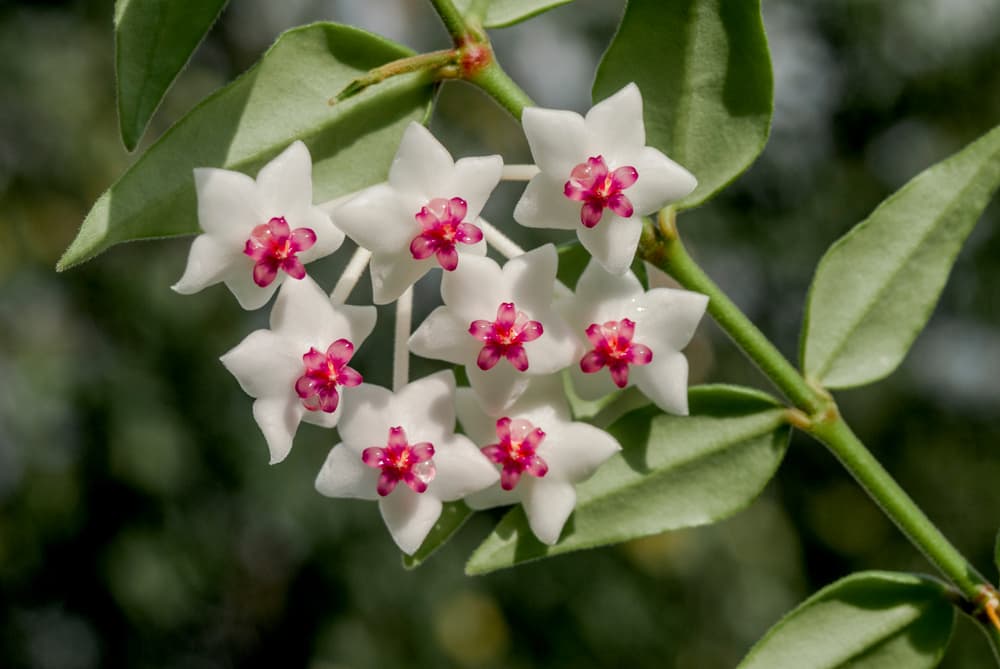
H. lanceolata subsp. bella is a trailing succulent plant which is a great choice for growing in hanging baskets or other hanging containers indoors.
H. kerrii
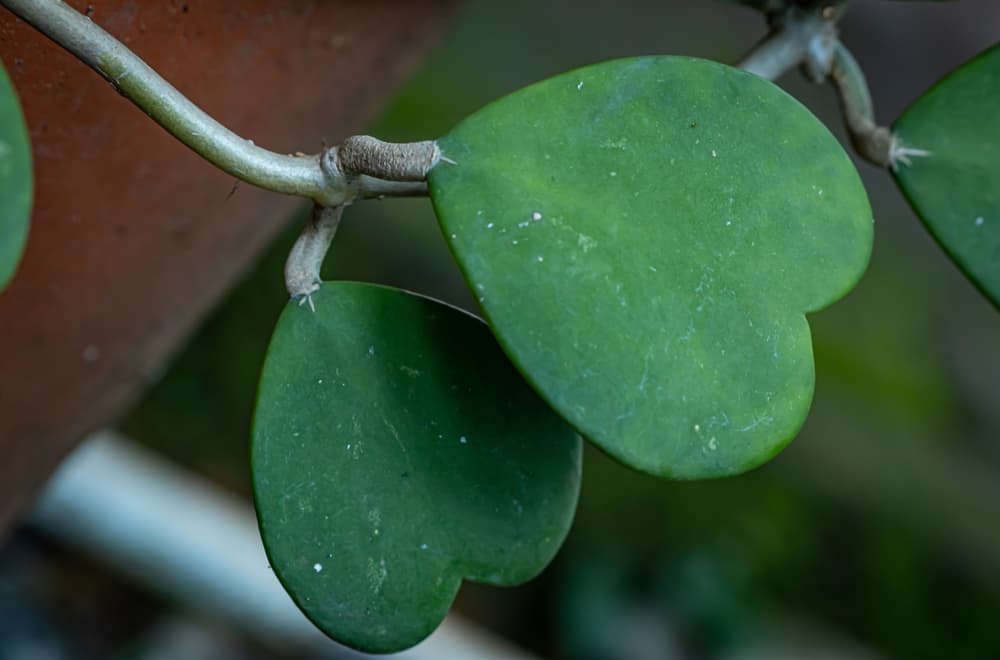
H. kerrii is a slow-growing evergreen vine with woody stems that will grow up to around 1m in height.
“Hoya kerrii is a versatile plant as it will hang, creep, or climb depending on how you support it,” shares Horticultural Consultant Dan Ori.
“It is very popular as a gift due to its heart-shaped leaves and you will often see these for sale online as a partially buried leave or two in a pot. This has caught out many a Valentine’s Day buyer as leaves eventually wilt and die or grow into their natural climbing form.
“I advocate buying a plant with some vine to it as the leaves are just as lovely on their stems.”
While these are the most common, note that there are plenty of other Hoyas that can be used as home unusual houseplants and many make great terrarium plants.
Hoya Plant Care
Hoya is certainly not the easiest houseplant to grow and, if you are a new houseplant parent, you might want to consider a less fussy option to begin with before you progress to growing plants like this.
However, if the finicky plant does not deter you, then you will have to learn all about the conditions that they require and their basic care needs.
Here are the key factors that you need to consider:
Light Exposure
Hoya need to be positioned in a light and bright location within your home.
“Very few houseplants enjoy all day in direct sunlight,” says Harriet.
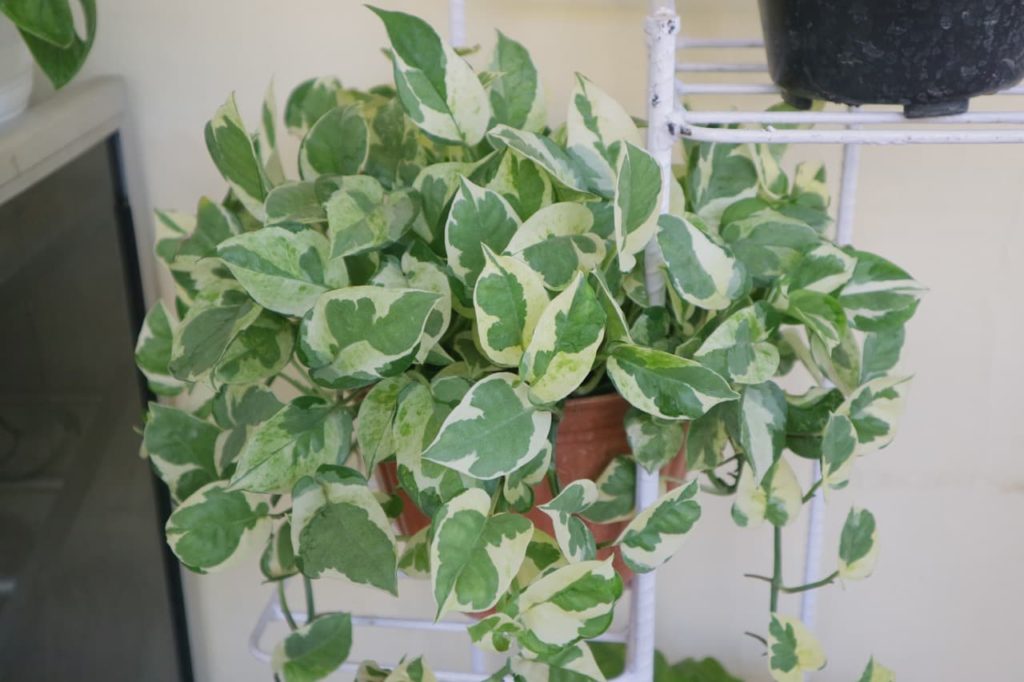
“But, if cared for correctly, many Hoyas enjoy the late afternoon or mid-morning sun, as this encourages them to flower.”
However, they should not be placed in direct sunlight for too long, especially in summer, or leaf scorching can occur.
A bright a location as possible is important during the autumn and winter months.
Humidity & Temperature
When growing Hoya inside your home, it is crucial to remember that good levels of humidity are very important.
Centrally heated spaces can tend to dry out, but you can increase local humidity by standing your hoya plant in a container on a tray filled with damp gravel or expanded clay granules, with the water just below their surface.
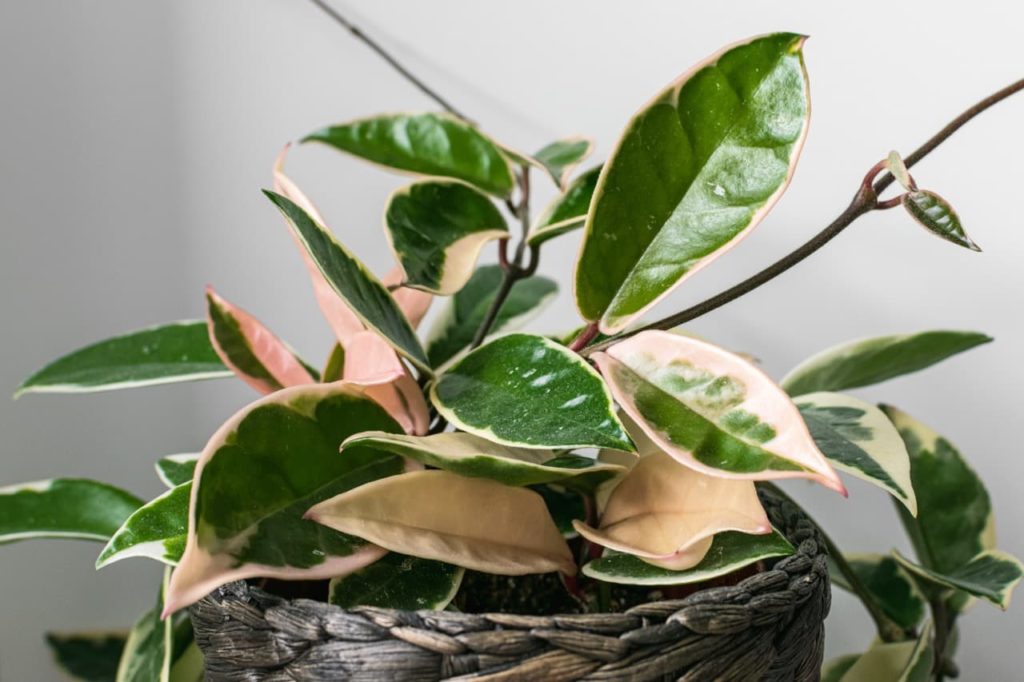
Temperature is also important for Hoyas.
Some Hoya, such as H. carnosa, will require nighttime temperatures in winter of above 10°C, but others need temperatures above 16-18°C to be maintained, so be careful when selecting a variety.
Watering
Through the spring and summer months, Hoya that is grown indoors as a houseplant needs to be watered regularly.
Aim to keep the growing medium just moist whilst making sure that waterlogging does not occur.
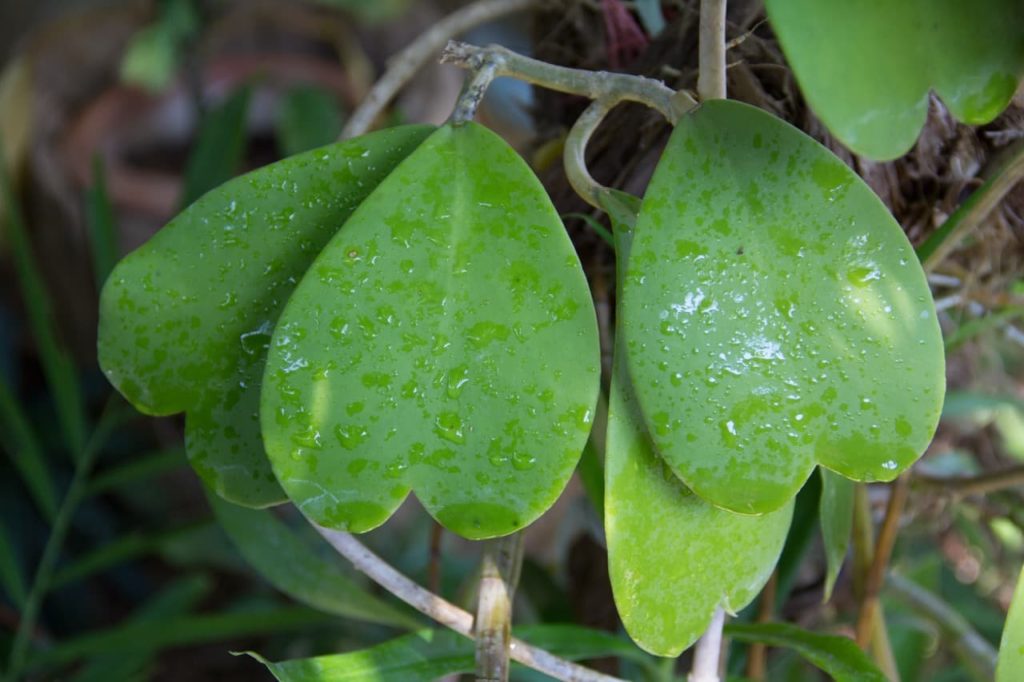
In autumn and winter, a Hoya will tend to need a lot less water and should be watered only moderately during this time.
Aim to water when the soil is quite dry but do not let it get entirely dry and dusty.
Growing Medium
In order for these rather fussy plants to thrive, it is important to opt for a growing medium ideally suited to their needs.
A mix of one-part peat-free compost, one-part orchid bark and one-part coarse perlite is sometimes recommended.
A specialist cactus compost with added perlite can also be used.
Feeding
In spring and summer, you should feed a Hoya in a pot every fortnight or so.
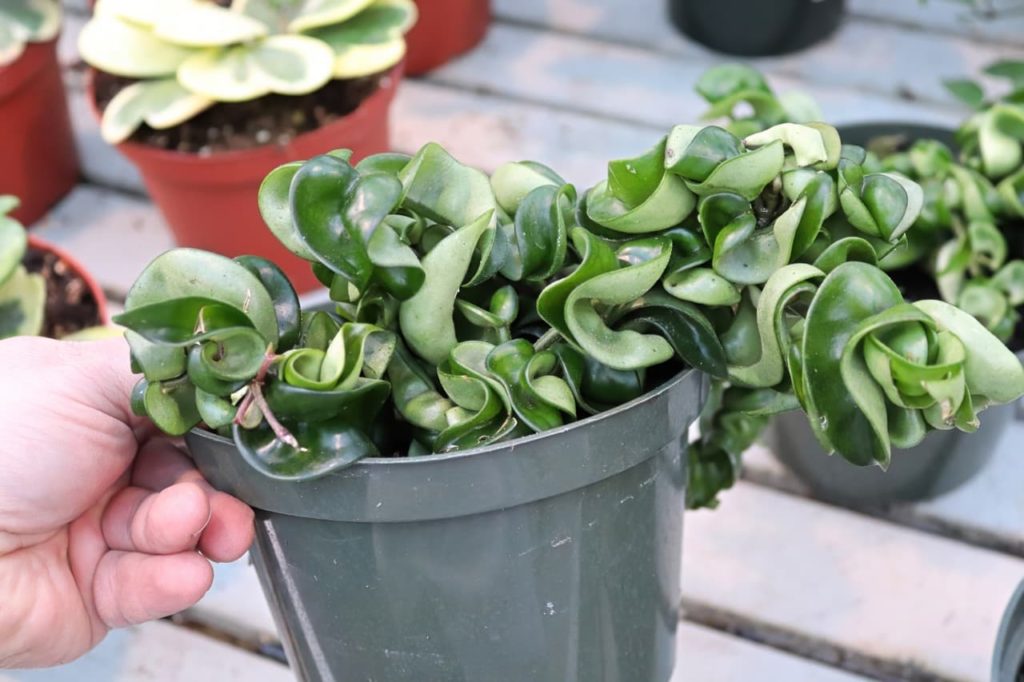
Use an organic liquid plant feed that is high in potassium.
Through the autumn and winter, feeding should continue but less frequently, typically around once a month until growth resumes in the spring.
Repotting
Hoyas really don’t like to be repotted and are usually best left in the same pot over a long period of time.
However, if a Hoya really needs to be repotted, this should be done in the spring, and you should, after doing so, hold off feeding the plant for the next six weeks or so.
Common Problems
Most of the problems encountered when growing Hoyas arise because the plant’s environmental needs are not met.
“[A] common problem with hoyas and other houseplants is keeping them warm during the winter,” says Harriet.

If you discover that something is wrong, take a look at warmth, light levels, water and feeding levels before you look for anything else.
Of course, as a houseplant, Hoya can also be bothered by common houseplant pests, such as scale insects, whitefly and mealybugs.
Reviving A Dying Hoya
As mentioned above, the most serious problems encountered when growing Hoyas relate to the wrong growing conditions or improper care.
First things first, if a Hoya is dying, try to determine the cause of the problem.
If the problem is overwatering or poor drainage, then you may be able to save a plant by repotting it.
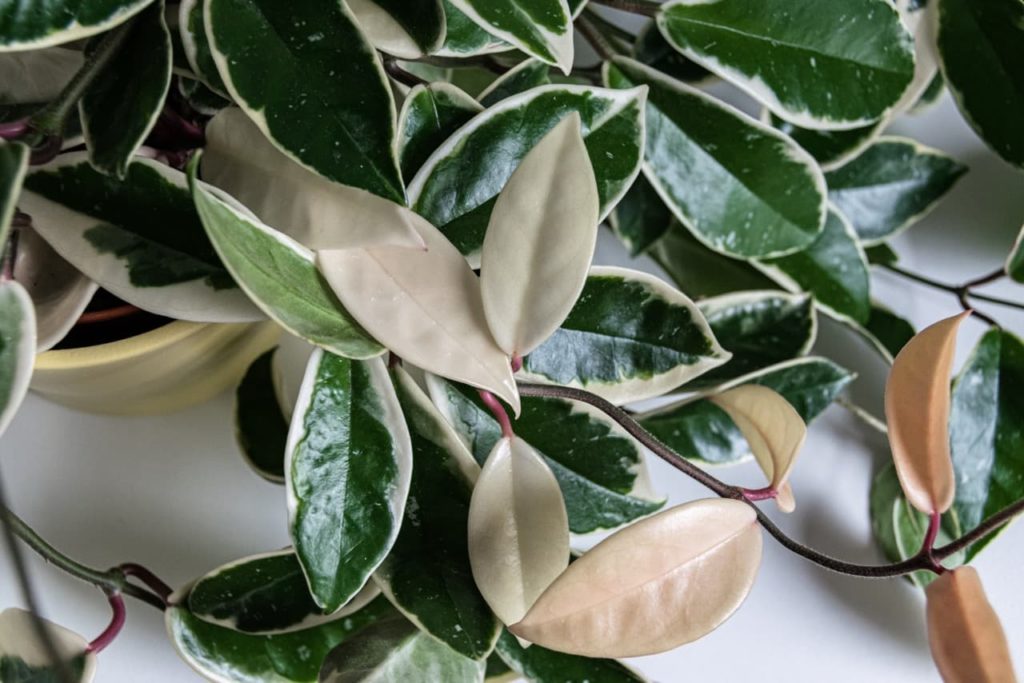
However, even if you have acted quickly, the results may be poor, so the best thing might often be to take cuttings to propagate your plant.
Usually, semi-ripe cuttings are taken from a Hoya in the spring or early summer.
These then will root readily in a growing medium or in water.
References
- 1Hoya / RHS Gardening. (n.d.-b). Royal Horticultural Society. Retrieved April 11, 2023, from https://www.rhs.org.uk/plants/hoya/growing-guide
